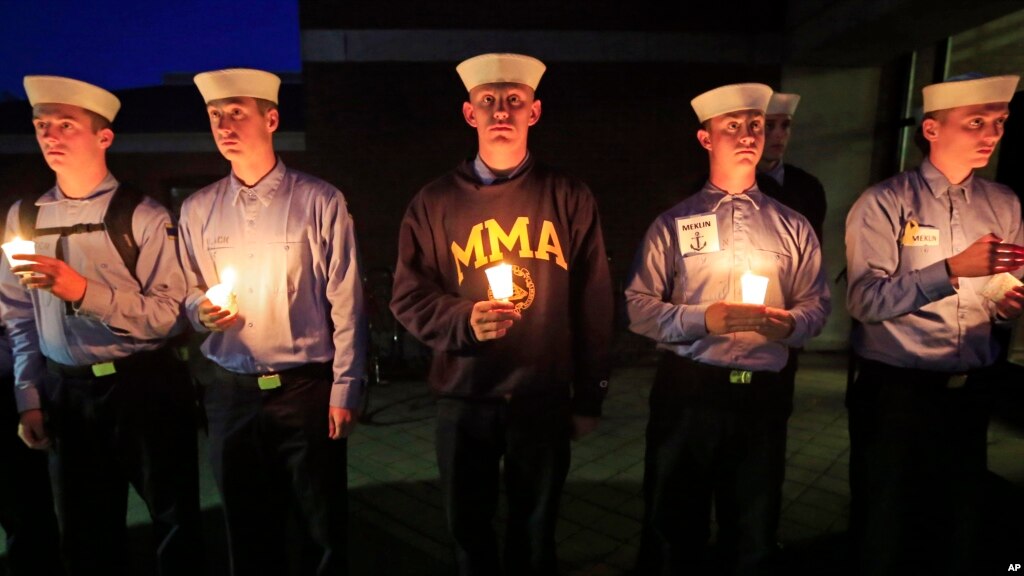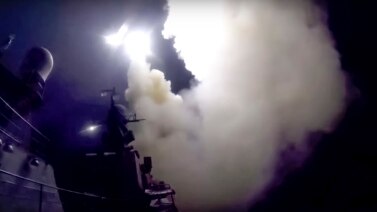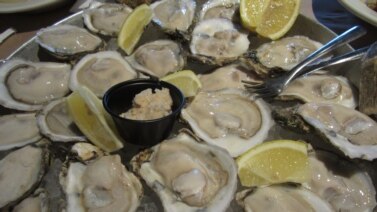
Federal investigators have called off the search for a large cargo ship that may now lie at the bottom of the Atlantic Ocean.
The El Faro had a crew of 28 Americans and five Poles. It was lost at sea during a hurricane near the Bahamas last week.
The National Transportation Safety Board (NTSB) officially launched its investigation on Tuesday. The board will examine whether Captain Michael Davidson sailed the ship too close to the storm. Investigators will also try to determine if the ship lost power and was unable to move away from the hurricane.
Bella Dinh-Zarr is the vice-chairman of the NTSB. She said “we will be looking at everything. So, we (will) leave no stone unturned in our investigation and our analysis. We want to find every bit of information that we possibly can.”
Anthony Chiarello is the president of Tote Inc., which owns the 240-meter-long ship. He told reporters, “We don’t have all the answers, I’m sorry for that. I wish we did. But we will find out what happened.”
The ship was 41 years old. It was to transfer its routes from the Caribbean to the U.S. West Coast and Alaska in the coming months. Five workers from Poland were on the ship to ready it for service in Alaska. Company officials say they do not believe that work caused a loss of power.
The ship left Jacksonville, Florida on September 29. It was to sail to San Jose, Puerto Rico.
The company said the ship was modernized in 1992 and 2006. It did not have a history of engine problems. It was inspected by the U.S. Coast Guard in March and by the American Bureau of Shipping in February. The organization sets safety rules for ships. It inspected the ship’s hull and other areas. Tote said the inspection found no problems.
F. John Nicoll is a retired ship captain. He sailed ships between the U.S. and Puerto Rico for many years. He said he does not believe the age of the ship was one of the reasons it may have sunk. He says many older ships sail in U.S. waters without problems.
He says he believes federal investigators will ask the ship owners if they pressured the captain to sail near a dangerous storm. Mr. Nicoll said “time and money are…important” in shipping. He said he believes emails and other messages between the captain and the company will show if Mr. Davidson was pressured to sail in dangerous conditions.
The company says it did not pressure the captain to ignore the storm to deliver cargo on time.
The Coast Guard searched by sea and air for survivors.
The ship is believed to have sunk in waters that are 15,000 feet deep. The El Faro last reported its location on Thursday morning. It said it was about 35 nautical miles northeast of the Bahamas. The Coast Guard believes the ship sunk near its last reported location.
Messages from the ship said it had lost power and water had entered the ship. But, it said the situation was “manageable.”
Searchers have found one body, in a survival suit. Officials have not identified it. There are reports that material from the ship has been found over a 225-square-mile area.
Federal investigators hope to find a data recorder from the ship. The device begins sending signals when it becomes wet. Its batteries can last for a month.
Tote said on its website that the ship carried two lifeboats and five life rafts. It said each lifeboat could hold 43 people and had food and water. The company said the five life rafts could hold 160 people. The company said the life rafts were made of fiberglass and would not sink even if they were full of people and water.
The company says it and the captain mapped a path that would have skirted the hurricane. But if the ship lost power, it would not be able to escape the hurricane’s 140-mile-per-hour winds and 50-foot-high waves.
Tote said Captain Davidson communicated regularly with company officials before the storm worsened. The company may force captains of its ships to change their decisions.
A man who had been a friend of the captain since childhood said Captain Davidson was a very good sailor. Nick Mavadones is the general manager of Casco Bay Lines, a passenger and cargo boat company in Portland, Maine.
Angel Ortiz worked on ships sailing the waters of the Caribbean for 39 years. He said the weather in the area can be very dangerous. He said “it can go from calm, in a matter of five or six hours, to hell.”
I’m Christopher Jones-Cruise.
This story was reported by The Associated Press, CNN, USNews.com and Slate.com. Christopher Jones-Cruise adapted it for Learning English. Kathleen Struck was the editor.
Words in This Story
leave no stone unturned – expression (figurative) to search in all possible places
modernize – v. to make (something) modern and more suited to present styles or needs
hull – n. the main part of a ship or boat; the deck, sides and bottom of a ship or boat
skirt – v. to avoid (something) especially because it is difficult or will cause problems




